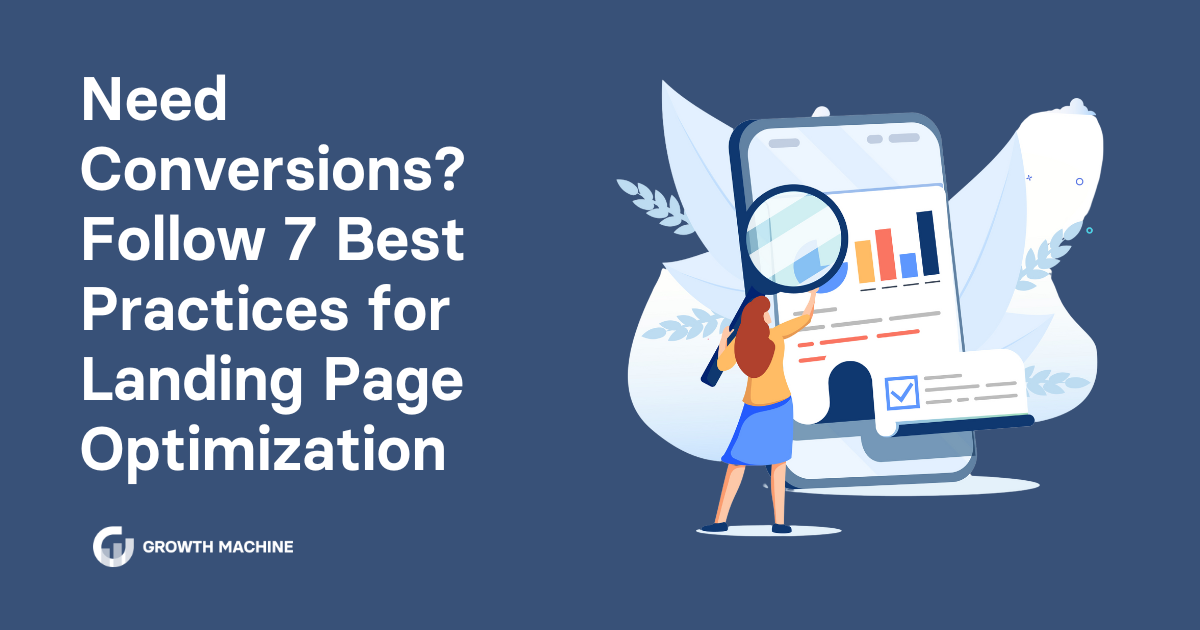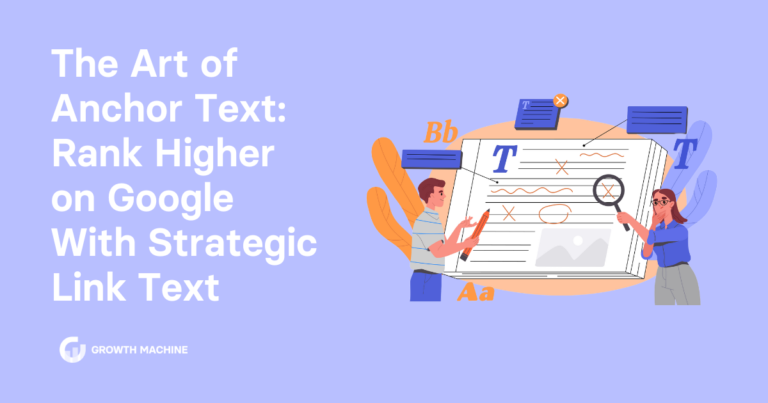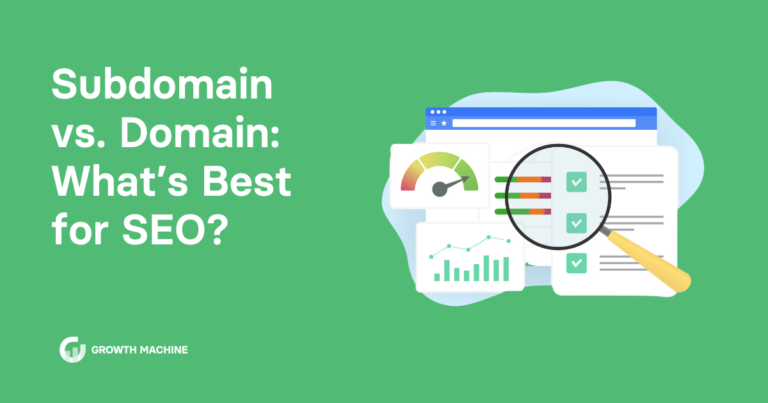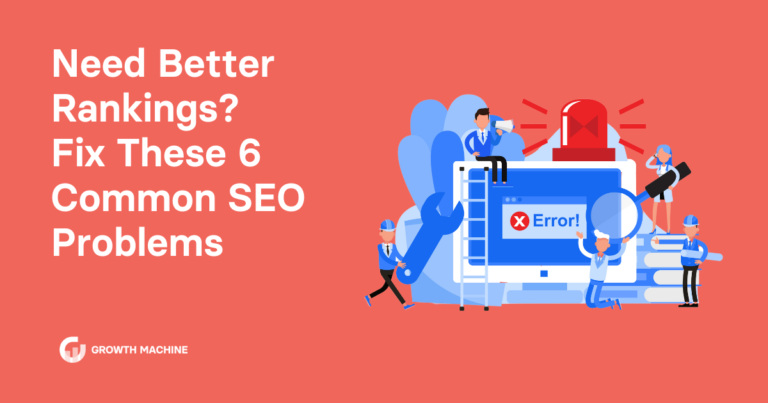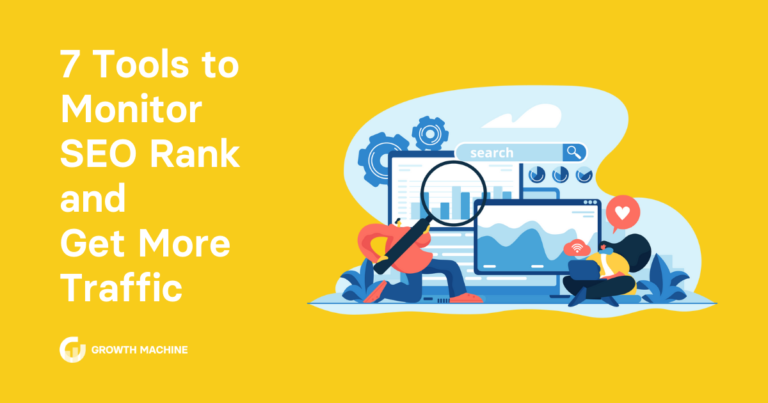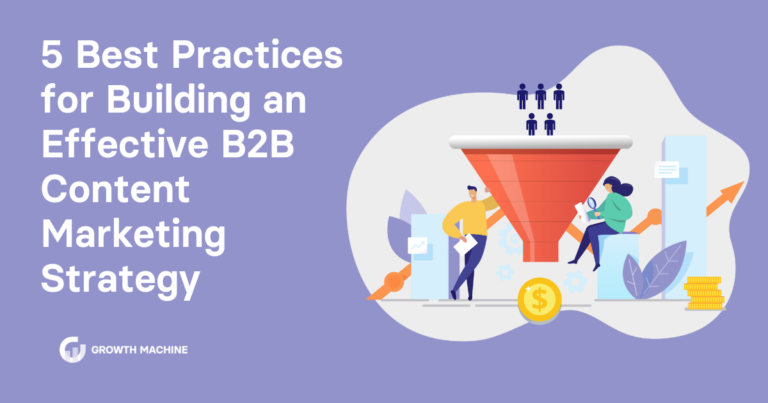Need Conversions? Follow 7 Best Practices for Landing Page Optimization
Every page on your website serves a purpose. Your homepage should funnel folks further into your site, while product or service pages should compel visitors to learn more about your offerings.
But there’s arguably no web page as crucial to online marketing success as the landing page.
A landing page is a standalone page designed around a single call-to-action (CTA). This is a unique page where website visitors land after clicking on a pay-per-click (PPC) ad or a link from social media. It’s not unusual for a business to have a handful of landing pages for different campaigns, ads, and audiences.
But more isn’t necessarily better. Small tweaks to your button colors and image placement can have a huge impact on conversion rates, so landing page optimization is also key.
In this guide, we’ll explain why optimization is so important and let you in on a few best practices for landing page optimization that boost conversions and, ultimately, revenue.
Why You Need Optimized Landing Pages
A landing page is a more focused, specific type of web page used in digital marketing campaigns to drive conversions. Instead of adding a lot of information to the landing page, you distill everything down to one message urging visitors to take a single action, whether that’s signing up for your email list, buying something, or taking another desired action.
Some websites use their homepage or services pages as landing pages. That works in theory, but it gives you way fewer options for customizing the user experience. If you’re on the fence about creating landing pages, it’s worth the effort.
Businesses need optimized landing pages for so many reasons:
- Higher conversions: The average landing page conversion rate is 4.3%. But did you know that testing and improving your site can increase conversions by as much as 30%? Since the goal of a landing page is to score more conversions, knowing which elements to optimize can definitely help you see more results.
- Gather cleaner data: The cleanest way to gather marketing campaign data is to direct users to a unique landing page. Tools like Google Analytics and heatmaps make it a cinch to track user behavior on each landing page, identifying areas for improvement for each campaign.
- Improve targeting and messaging: A targeted landing page offers a seamless user experience because it offers clear, consistent information. Landing page optimization helps you write highly personalized messaging, which reduces bounce rates and keeps visitors on-site.
7 Best Practices for Landing Page Optimization
Landing pages aren’t static. They require constant testing and optimization to find the right messaging, media, and page components that speak to your audience. Follow these best practices for landing page optimization to get more results for your hard work, whether you’re starting from scratch or already have a collection of landing pages.
1. Write Compelling Headlines
The landing page headline is usually the first thing visitors see. This is a critical element for priming your target audience’s expectations and giving them a reason to keep scrolling.
Not only that, but it should be attention-grabbing, clear, and related to your value proposition. Oh, and it also needs to be short enough to fit above the fold on the landing page. Free tools like CoSchedule’s Headline Analyzer can train you to write more compelling landing page headlines.
The thing is, some people would rather do just about anything than write landing page headlines. Landing page content is tricky, so it’s best to leave headline experiments to experienced copywriters like Growth Machine. Our team of expert writers comes up with awesome, conversion-focused marketing content that turns heads for all the right reasons.
2. Keep Your Page Content Concise
There’s a time and place for long-form copy, but not here. High-converting landing pages get straight to the point and solve your target persona’s pain points. You need to keep your landing page copy clear so potential customers immediately understand your value proposition — without wading through unnecessary paragraphs.
With more visitors surfing the web on mobile devices, you have to keep your copy short, skimmable, and designed for users on the go. Bullet points and bolding boost readability, but as always, keep your content short and to the point.
3. Use Images and Videos
If you aren’t sure how to shorten your landing page copy, transform a few paragraphs into an image or short video. A picture says a thousand words, after all.
Visual content illustrates your point and makes complex information easier to understand. Infographics, how-to videos, and even social proof videos like customer testimonials are great additions to build trust.
4. Place Call-to-Action Buttons Strategically
CTA buttons are one of the most important elements of a landing page because they tell visitors exactly what to do next. Experiment with everything from button placement to color to CTA text. For example, many businesses find that conversions increase by 34% when they use a red button instead of a green button. Contrasting colors make CTA buttons stand out, so go bold here. The buttons should also be large enough for mobile users to tap with ease.
For placement, make sure you position CTA buttons above the fold so users don’t have to scroll to see them. You should add the CTA button in multiple places on the landing page, too, like next to testimonials or case studies.
5. Conduct A/B Testing
So, how do you know if the changes you made to your headlines, copy, images, and CTA buttons are working or not?
A/B testing, also known as split testing, is a best practice for landing page optimization. This conversion rate optimization (CRO) technique breaks down the changes that improve landing page performance. You change one variable at a time, and the A/B testing software serves different page variants to your users. After a few weeks of data collection, you check the data to determine which landing page elements have the biggest impact on conversions.
You won’t get an answer overnight, but with regular A/B testing, you’ll get valuable insight into user behavior and preferences, which will help you create more optimized landing pages over time.
6. Improve Your Page Load Speed
It’s tempting to fill your landing page with lots of images and videos, but more isn’t better. Lots of slow-loading multimedia can slow down landing page load times, which is a conversion-killer.
Landing pages need to load in two seconds or less. That can be a tall order if your site has speed issues already, but you can boost speed by:
- Monitoring load speeds with Google Analytics
- Minifying videos and images
- Implementing lazy load
- Leveraging browser caching
- Minimizing heavy scripts (some WordPress plugins can weigh down your site, too)
Site speed can get technical, so work with a website developer to speed up the back end of your site.
7. Revamp User Experience (UX) Design
The easier it is for users to navigate your site, the more likely they are to understand your message and convert. To improve the user experience, try:
- Using plenty of white space to highlight important content
- Following a consistent color and font scheme
- Removing annoying elements, like popups or excessive form fields
- Working with a designer or developer to create a high-quality UX design
Use heatmap tools and track your website metrics after revamping your UX. You should see an increase in time on-site, a decrease in bounces, and a lift in conversions.
Meet Your Conversion Goals With Growth Machine
Landing pages are the not-so-secret key to any successful marketing strategy. They give you the power to speak to your target audience one-on-one, crafting a customized experience that (hopefully) encourages them to take action. However, audience preferences change over time, so follow landing page best practices to drive more potential customers into your pipeline.
It also takes time to tweak landing pages. As a business leader, you don’t have 10 extra hours a week to spend on CTA buttons or headline rewrites — but we do.Growth Machine’s team of SEO experts and writers creates and optimizes landing pages for SEO opportunities, helping you get more mileage out of your existing copy. Contact Growth Machine now to generate more high-quality conversions from your landing pages.

